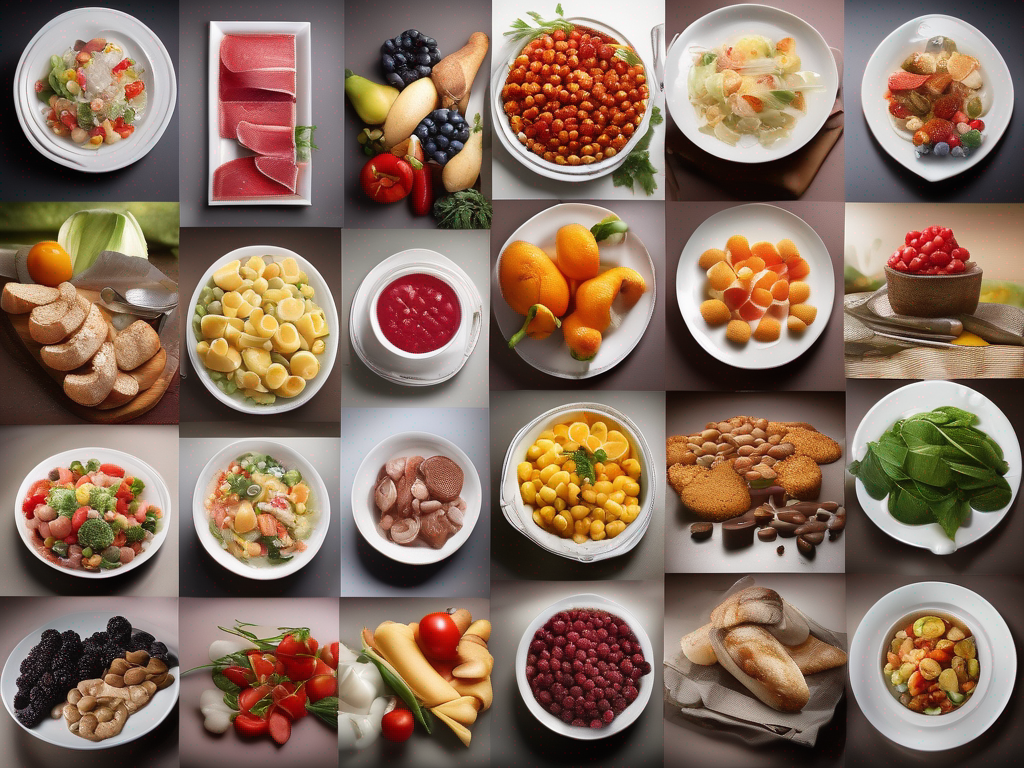
Decision Guide: When to Toss Expired Chestnuts
Get Your Free Food Safety Cheat Sheet
30 most common foods with instant answers. Print it and stick it on your fridge—completely free!
Decision Guide: When to Toss Expired Chestnuts
When it comes to enjoying chestnuts, it's essential to ensure they are fresh and safe to eat. Chestnuts are a delicious and nutritious nut that can be enjoyed in various recipes, from roasted chestnuts to chestnut soups and desserts. However, like any other food item, chestnuts can go bad over time, posing potential risks to your health if consumed past their prime. In this decision guide, we will explore how to determine when to toss expired chestnuts to ensure food safety and enjoyable dining experiences.
Understanding Chestnuts and Their Shelf Life
Chestnuts are unique nuts that differ from others like almonds or walnuts. They have a high moisture content and are rich in starch, making them more perishable than other nuts. When stored properly, fresh chestnuts can last for several weeks or even months. However, improper storage conditions can lead to chestnuts going bad sooner than expected.
Factors Affecting Chestnut Shelf Life
Several factors can impact the shelf life of chestnuts:
- Storage Conditions: Proper storage is crucial to maintaining the freshness of chestnuts. Chestnuts should be stored in a cool, dry place away from direct sunlight.
- Temperature: Chestnuts should ideally be stored at temperatures between 32°F and 40°F (0°C to 4°C) to prevent them from spoiling quickly.
- Humidity: Chestnuts require a certain level of humidity to prevent them from drying out. Aim for a humidity level of around 85% to 90%.
- Packaging: Chestnuts should be stored in a breathable container or bag to prevent moisture buildup, which can lead to mold growth.
Signs of Expired Chestnuts
To determine whether your chestnuts have gone bad, look out for the following signs:
Visual Cues
- Mold: If you notice mold growth on the chestnuts, it's a clear indication that they are no longer safe to eat.
- Discoloration: Chestnuts that appear discolored or have dark spots may have started to spoil.
- Wrinkled Skin: Fresh chestnuts have smooth, shiny skin. Wrinkled or shriveled skin indicates that the chestnuts are past their prime.
Smell and Texture
- Rancid Odor: Expired chestnuts may emit a rancid or sour smell, indicating that they have gone bad.
- Soft Texture: Fresh chestnuts are firm to the touch. If they feel soft or mushy, it's a sign of spoilage.
Decision Guide: When to Toss Expired Chestnuts
Making the decision to toss expired chestnuts is crucial for food safety. Here is a practical guide to help you determine when it's time to discard chestnuts that have gone bad:
-
Perform a Visual Inspection:
- Check for mold growth, discoloration, and wrinkled skin.
- Discard any chestnuts that show signs of spoilage.
-
Smell Test:
- Give the chestnuts a sniff to detect any rancid or off-putting odors.
- If the chestnuts smell unpleasant, it's best to discard them.
-
Feel the Texture:
- Gently squeeze the chestnuts to assess their firmness.
- If the chestnuts feel soft or mushy, they are no longer safe to eat.
-
Consider Storage Conditions:
- Evaluate whether the chestnuts have been stored properly.
- Chestnuts that have been exposed to high temperatures or humidity are more likely to spoil quickly.
Safety Tips for Storing Chestnuts
To prolong the shelf life of chestnuts and ensure they remain fresh, consider the following safety tips for storing them:
- Refrigeration: Store fresh chestnuts in the refrigerator to maintain their quality.
- Freezing: If you have a large quantity of chestnuts, consider freezing them in an airtight container for long-term storage.
- Use-by Dates: Check the use-by dates on packaged chestnuts and consume them before the expiration date.
- Proper Packaging: Store chestnuts in breathable containers or bags to prevent moisture buildup.
Conclusion
Knowing when to toss expired chestnuts is essential for maintaining food safety and enjoying delicious chestnut dishes. By paying attention to visual cues, smell, texture, and storage conditions, you can make informed decisions about the freshness of your chestnuts. Remember to follow proper storage guidelines to extend the shelf life of chestnuts and minimize food waste. Enjoy your chestnuts while they are fresh and flavorful, and discard any that show signs of spoilage to prioritize your health and well-being.
Authoritative Food Safety References
These agencies and university labs inform every tip and health precaution we publish.
USDA FoodKeeper – Cold Storage Guidelines
Official refrigerator, freezer, and pantry timelines maintained by the U.S. Department of Agriculture.
Visit USDA FoodKeeperFDA Produce Safety Rule & Grower Guidance
Field-to-fridge handling practices that prevent contamination of fruits, vegetables, and leafy greens.
Visit FDA Produce SafetyCDC Foodborne Illness Prevention Hub
Surveillance-backed guidance on pathogens, symptoms, and steps to reduce foodborne illness risk.
Visit CDC Food SafetyUC Davis Postharvest Technology Center
University research detailing optimal storage atmospheres for produce after harvest.
Visit UC Davis PostharvestPenn State Extension – Home Food Preservation & Safety
Peer-reviewed extension bulletins on safe canning, chilling, and reheating practices.
Visit Penn State ExtensionGet Your Free Food Safety Cheat Sheet
30 most common foods with instant answers. Print it and stick it on your fridge—completely free! Want more? Upgrade to the complete guide with 70+ foods.
Scan your food directly and get instant safety info using our AI-powered camera feature.